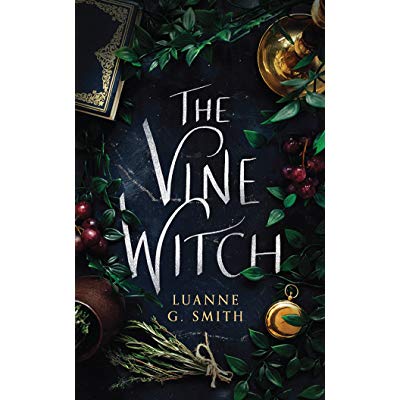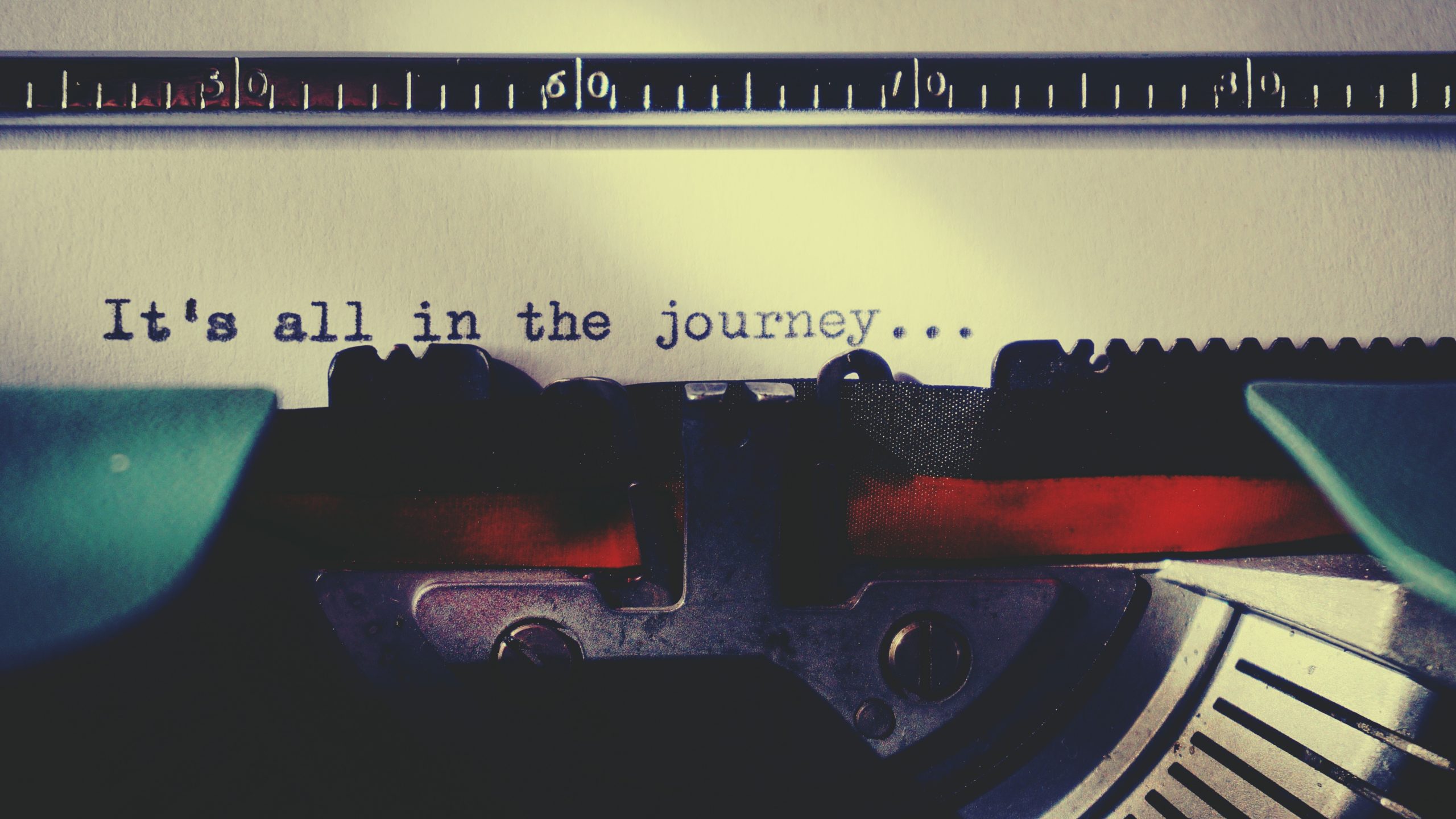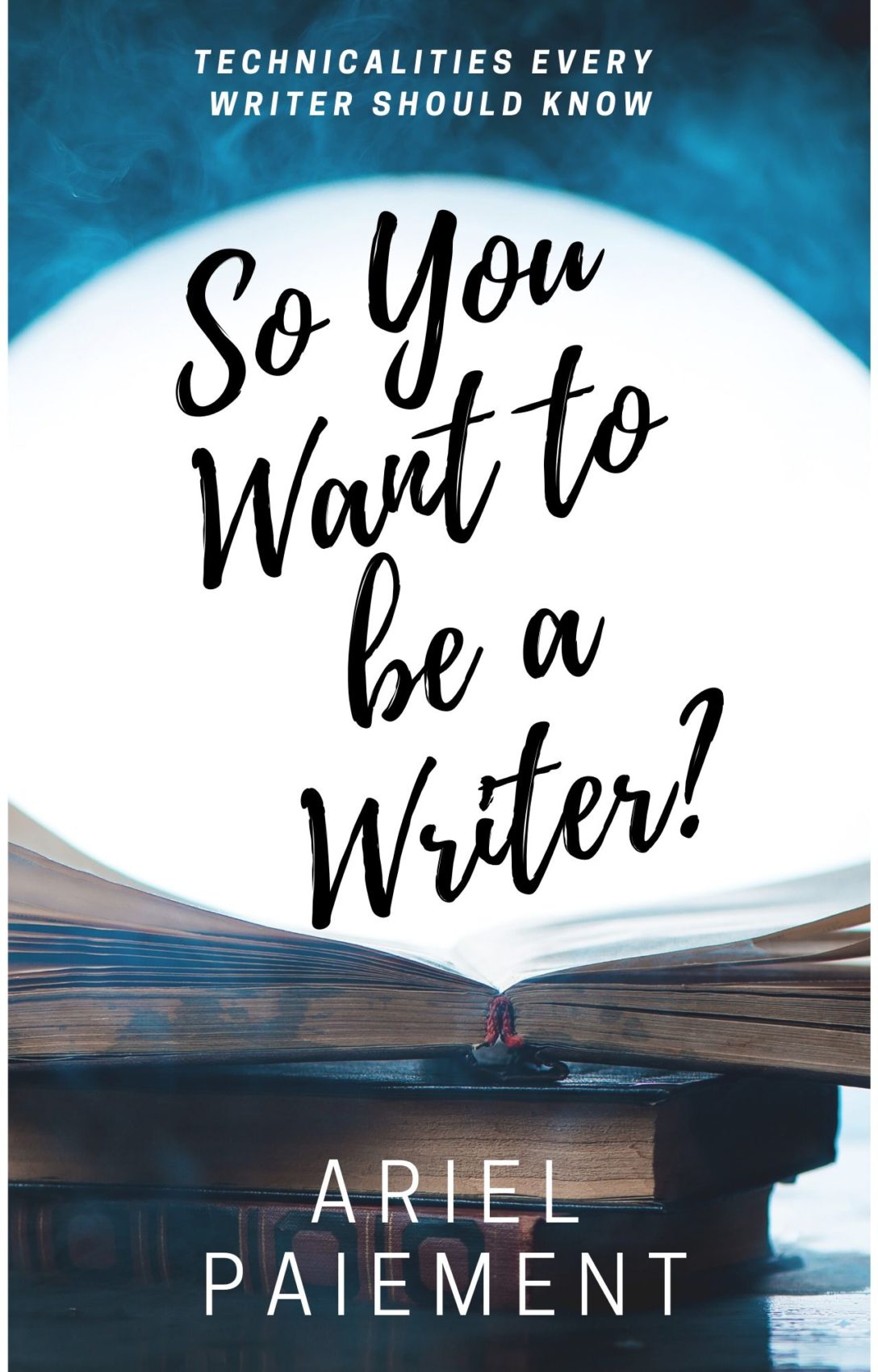Introduction
When I asked those who follow this blog on Facebook to give me some topics they’d like discussed, this was one of the suggestions. This is a somewhat nuanced topic, and the question is: how do we approach genre-switching in a series, and is it going to lose readers? That’s the question I will be getting into today.
When can you employ genre-switching?
First of all, every book in a series has different needs to make it a good story. Generally, series stick to the same overall genre, but they may change in tone or flavor through the progression of the series. For example, book one in a steampunk fantasy might focus more on action and fantasy while maybe the second one moves to a more urban fantasy/steampunk mix.
A good example that comes to mind is Orson Scott Card’s Ender series. Ender’s Game is mainly action/sci-fi. But the second book, Speaker for the Dead, sees Ender a bit older and traveling through space. The book takes on a heavily political tone with less action/adventure undertones while remaining sci-fi. The books after that were more philosophical than anything, though, again, they remained sci-fi.
So what do we take from this? Primary genre shouldn’t change. If book one is fantasy, you can’t switch to realistic fiction and romance in book two. But you can change the secondary genre. Perhaps book one is fantasy romance but in book two the characters are now married and the focus shifts from romance to adventure giving you a fantasy adventure. As long as the transition is smooth, you’re unlikely to lose readers over this. A well-told story is more important than a contrived adherence to secondary genres or elements.
How do we make the genre-switch?
This depends on the needs of your series. Some switches are easier than others. Going from action to adventure or from fantasy to science fantasy is easier than going from urban fantasy to high fantasy might be. The goal is to make the transition smooth whatever switch you are trying to make.
Abrupt changes in genre are no better than abruptly going from a kick-butt heroine to a whiny teenage girl between books with no warning (Divergent…). We want a gradual transition. Setting up a shift in secondary genre–especially if the change is big–is a part of setting up for book two. It’s your job to leave the clues there in the end of book so that the reader is unsurprised by the genre shift.
Unless the series is made up of standalones tied by some sort of theme besides genre, you don’t want your genre-switching to be a surprise. Again, I want to stress that how this is achieved varies from book series to book series. I would be doing you a disservice if I told you there was a one-size-fits-all solution. That is rarely true in writing, even in grammar.
How do i know if genre-switching is working?
I have two suggestions when looking at how well genre-switching is working for your series. First, you should be an avid reader. If you are a writer and want to be a good one, you need to read. You need to know what a good story looks like to construct it. As is the case in so many things, learning by example and by doing is much better than reading thousands of books on the topic. If you have been reading well-written fiction, then the first suggestion I have will work well for you. Use your intuition.
So long as you’re honest in your assessment of the transition, your intuition can go a long way in helping you decide if genre-switching is working.
Second, get outside perspectives from friends who read a lot of books, especially ones that are well-written and in your genre. They don’t need to be fellow writers, but if they are, that’s a bonus. This is especially important if you’re a new writer or don’t read much because your intuition will likely catch only the most glaring issues.
However, even seasoned authors should be looking for outside input. I started writing at eleven. I’m twenty-two now, and even after eleven years of writing, I still hold the insight of my beta-readers (or listeners since my mom prefers I read the stories to her instead) in high regard. No matter how well I can write or edit, there will always be blind spots I have that my readers don’t. Every honest, seasoned writer admits the same. Never discount the usefulness of beta-readers and critique partners. They are indispensable and the really good ones deserve your appreciation and a huge thank you at the very least.
Conclusion
I hope this has been helpful in providing you with guidance on handling this nuanced area of writing. There’s no one way to handle genre-switching mid-series, but there are some ways that work better than others. So be willing to try several methods until you find the one that works for your series. You can always delete, re-write, and edit. It’ll be worth it for a piece that is of exceptional quality.










